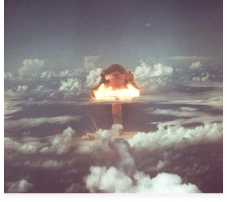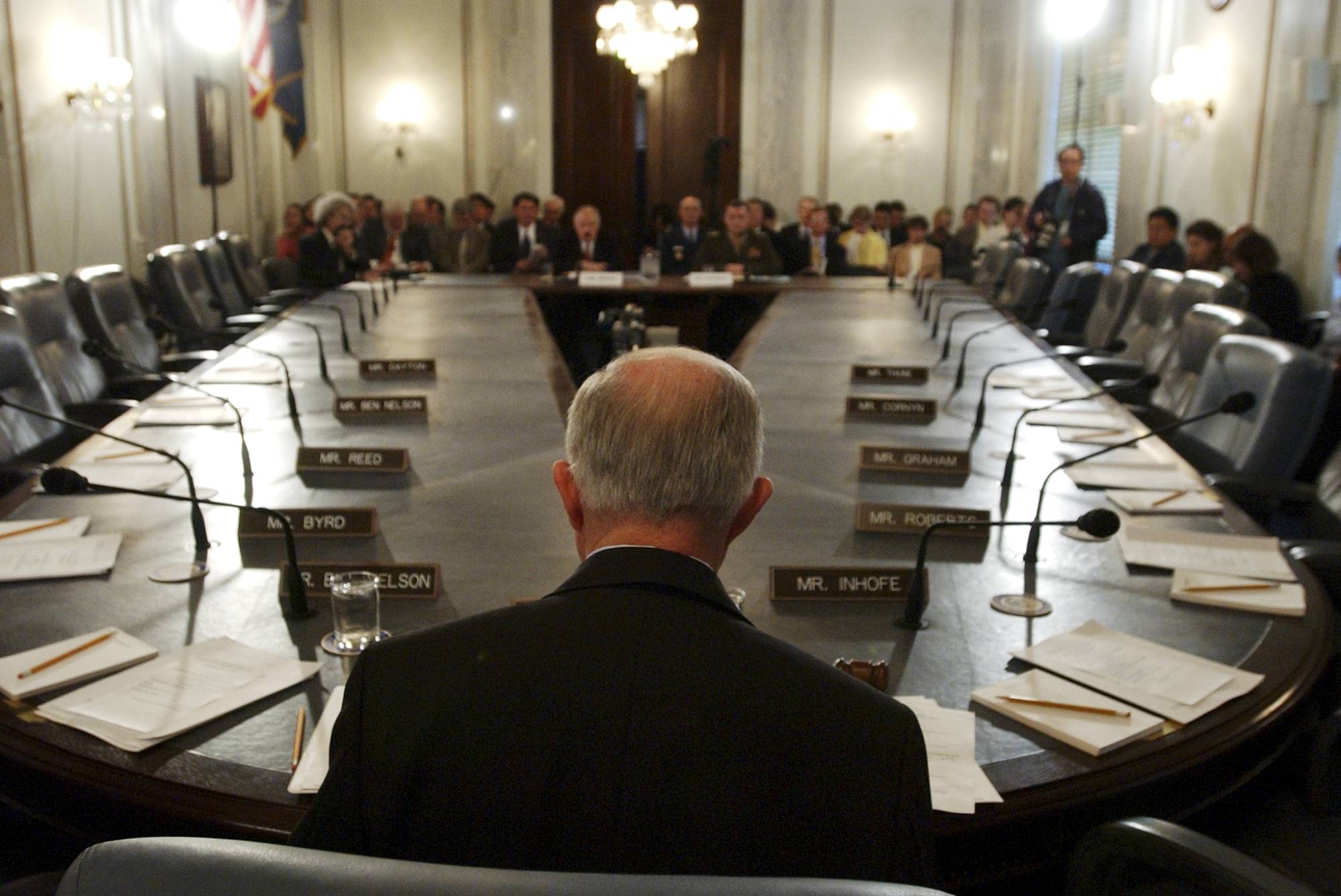Tom Williams/Roll Call/Getty Images
Read the Latest
- AI Is a Windfall for Utilities. It’s Also a Political Headache
- The Smiling Buddha nuclear tests have a complicated legacy in India
- New Nuclear Weapons Testing ‘Would Be Really Damaging to U.S. interests,’ Expert Says
- Oh buoy! Runaway research buoy gets data on Great Lakes winter waves
- The 2025-'26 Great Lakes ice forecast is out. What's in store?
TopicsStories
Educational Resources
- Projects
- Events
- Our Team
- Stories and Resources
- Latest Stories
- AI Is a Windfall for Utilities. It’s Also a Political Headache
- The Smiling Buddha nuclear tests have a complicated legacy in India
- New Nuclear Weapons Testing ‘Would Be Really Damaging to U.S. interests,’ Expert Says
- Oh buoy! Runaway research buoy gets data on Great Lakes winter waves
- The 2025-'26 Great Lakes ice forecast is out. What's in store?
- Topics
- Educational Resources
- Newsletter
- Connect



